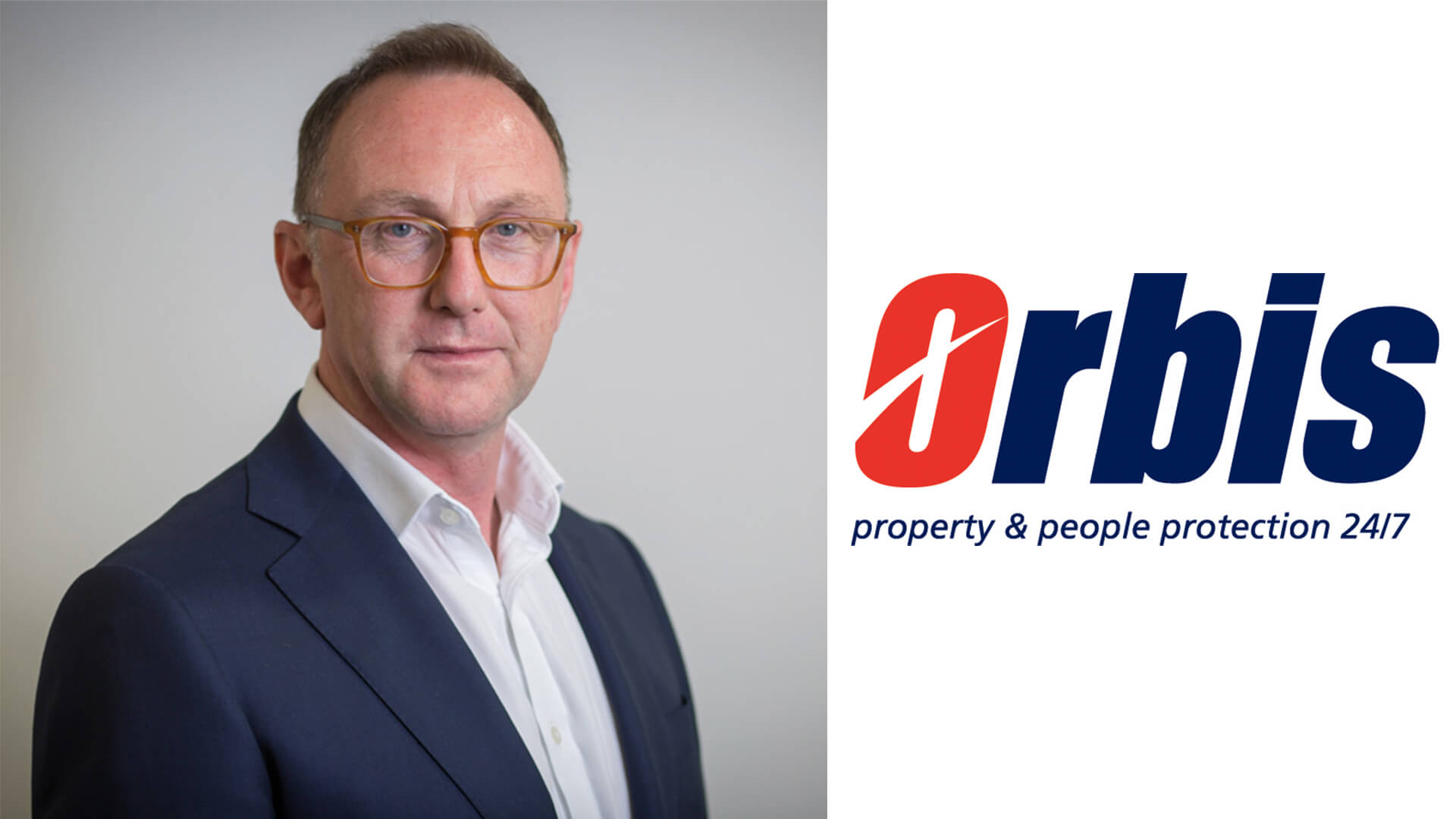By Guy Other, CEO at Orbis Protect
While the UK construction industry contributes millions of pounds every year to the economy and employs over 2.4 million people*, theft from construction sites is costing the sector a staggering £600m to £1bn every year.
This additional strain on an already under-pressure sector is something that can be ill-afforded. But alongside health and safety on site, security is, quite rightly, a top priority.
It can be tempting to forego security systems under the misapprehension that it will be too expensive, but with the evolution of technology-based security in construction, there are now more cost-effective options than before. And we are seeing advancements in security using artificial intelligence that are rivalling those used in the creation of driverless cars.
Hundreds of organisations across the UK including CBRE, Tesco, Aviva, Colliers International and Robinsons Brewery have secured their assets by moving away from traditional man-guarding and patrols, to CCTV solutions.
Safety through technology
Technology-led solutions to safeguard a site or properties are now more advanced and efficient – and can have cost savings of up to 75% compared to physical guarding.
Security on construction sites – be it a new school under construction, a utilities sub-station or a water treatment plant for example – is moving away from the traditional after-hours security guard. Not only are guards unable to easily spot intruders in the dark, but their personal safety is a priority and companies have a duty of care to their employees to instruct them not to tackle any trespassers.
Technology advancements in security have made leaps and bounds in recent years, with new innovations such as rapidly deployable CCTV towers being used to secure sites across the UK.
Visual alarm systems monitor any potential intruders and are used to ensure equipment isn’t being moved when it should be stationary. As soon as movement is detected, an alarm is triggered, and the system automatically captures a 10‐second recording.
The next generation object detection systems are even more sophisticated and can tell the difference between humans and animals such as stray cats or foxes. This eradicates any false alarms and will alert the control room if human form is detected. Agreed protocols such as alerting the police can then be actioned.
Protecting your assets
Site managers and construction firms want the confidence that not only are their assets protected but that costs are kept to a minimum particularly on vacant sites where there is potential for vandalism. Companies are demanding online tools to help their PMs and construction mangers keep their eyes on their project.
Advances in these new online platforms means managers can have access via their mobile phone to real‐time video and audio footage of their sites or properties – especially useful if they have a number of sites in their remit. This includes full audit trails of alarm activations and actions taken.
Not only does this information help customers and the police to secure convictions, it also provides vital intelligence on working sites for health and safety reasons. Anything that compromises health and safety onsite, for example speeding vehicles, can also be easily spotted.
We’re also seeing technology used pro-actively with organisations turning to software that pre-programmes key health and safety alerts and key information that can be broadcast throughout the day.
Looking to the future, we expect AI to play a huge role. for example, predictive surveillance can foresee when particular actions are likely to cause harm, be that as a result of speed or proximity to a hazard.
The possibilities of improvements in construction, health and safety and security with AI are endless. We’re excited to see how this unfolds and how we can bring this into our portfolio of security solutions.
Tips to protect your void property or site
Although all sites are different, there are some core things to bear in mind that will apply to all projects and that should be considered from a security point of view:
- Update your insurer with any changes to the status of a site, a development, or a property, even if this is only partially vacant
- Check the details of your insurance policy carefully and note any amendments to the cover
- Assess the risks to your property/site and act on these to protect your investment
- Arrange regular inspections so any changes to the property/site condition can be noted promptly
- Let your commercial and residential neighbours know the site/property is void and ask them to be vigilant
- Turn off all water, electricity, gas and waste services
- Make sure the windows and letterboxes are secured on any properties
- Use blinds and/or security screens to stop thieves looking inside
- Regularly inspect the property as a matter of due diligence
- Maintain the appearance of the property/site and keep gardens and grounds clear of waste, graffiti and building rubble
- Add in security monitoring equipment such as alarms and CCTV towers on larger sites
- Set up and maintain fencing and light timers to stop criminals entering the site/property
- Install warning signage across your site
I’d also advise working with an accredited security provider, so look out for memberships with the British Security industry Association (BSIA), Achilles UVDB, a utility industry pre‐qualification system and CHAS, one of the founders of third‐party accreditation.

































